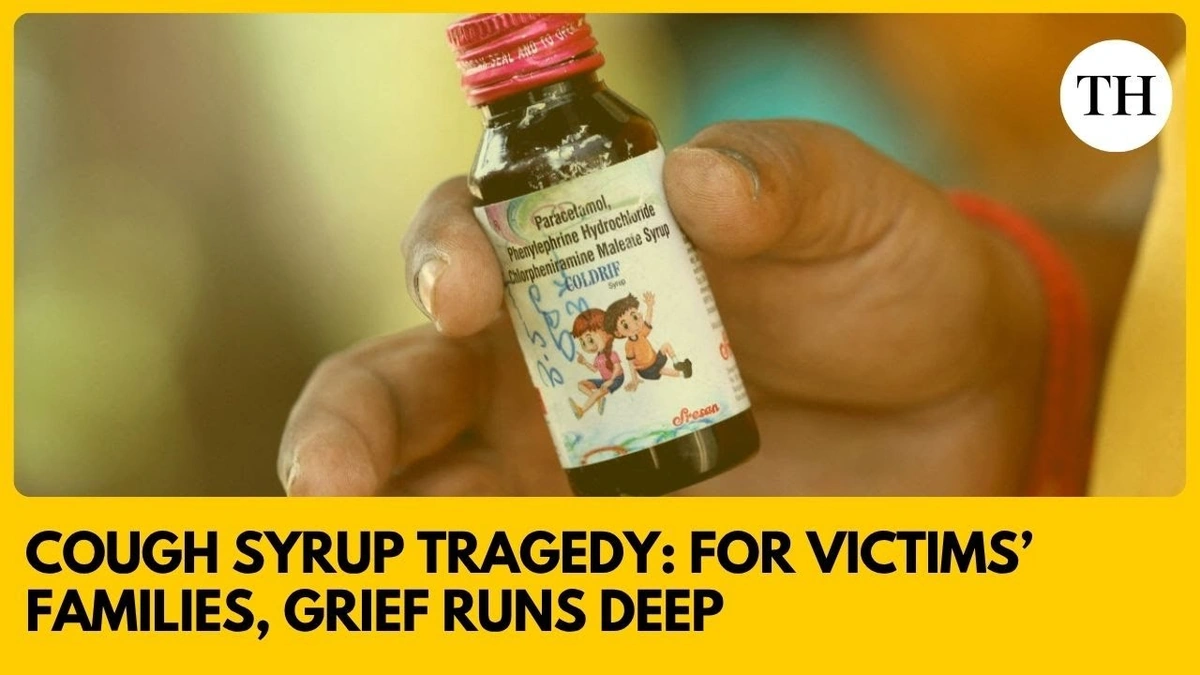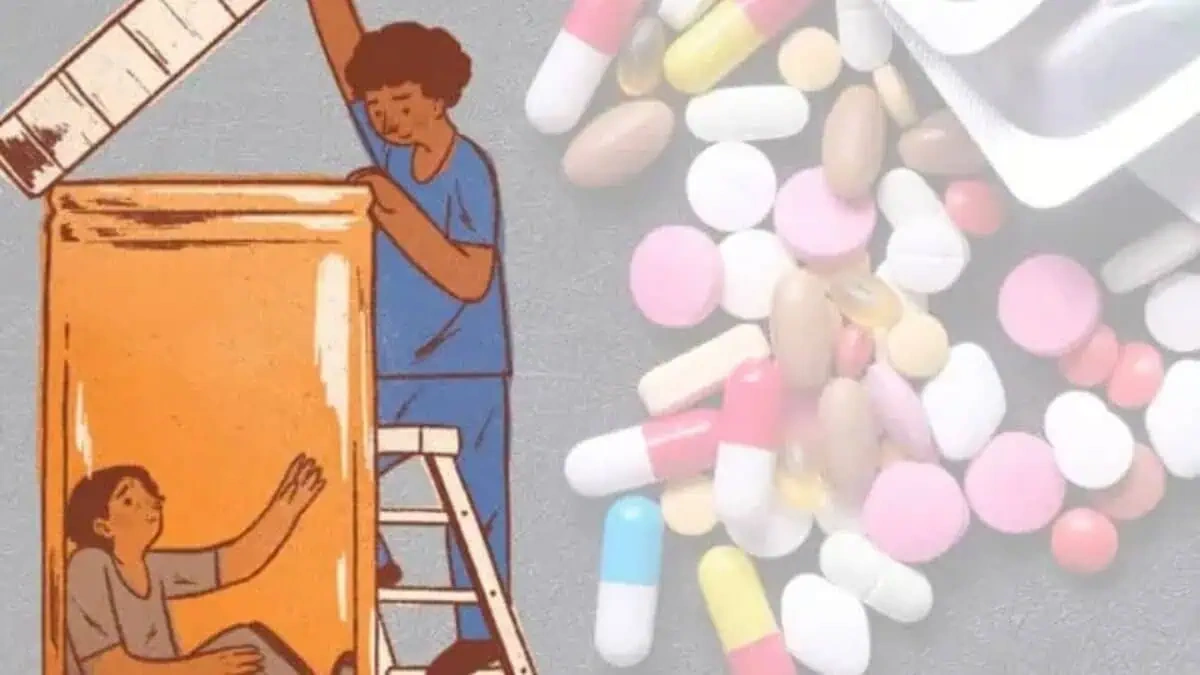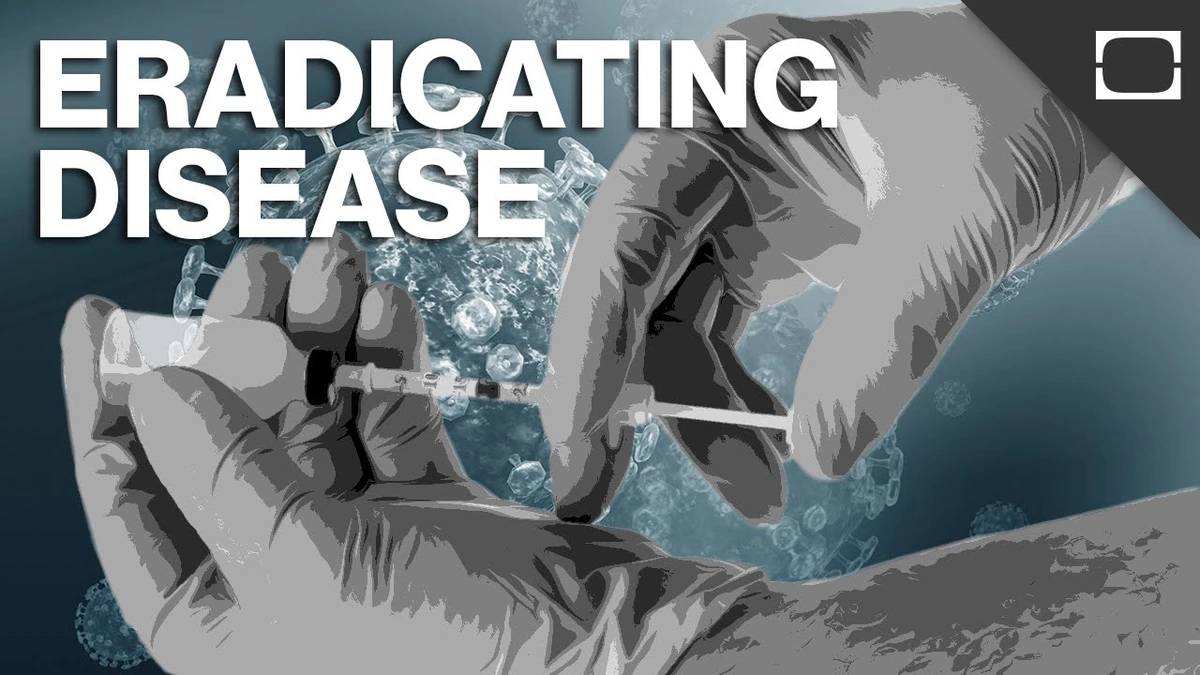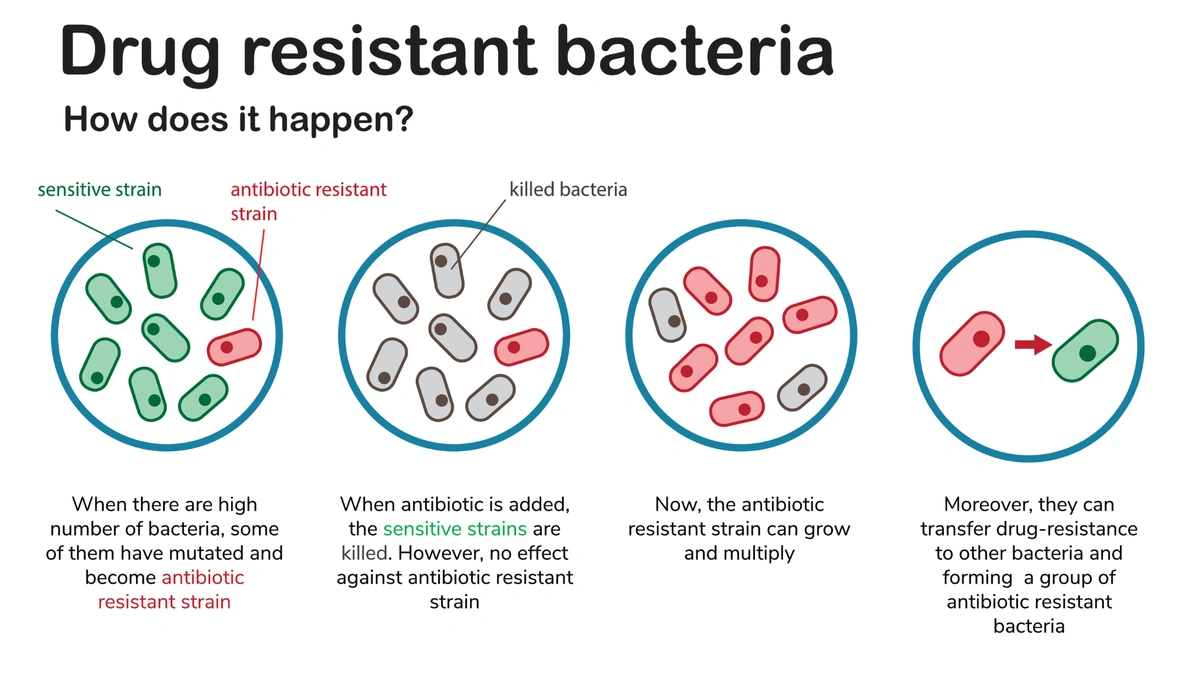WHO Warns of Contaminated Cough Syrups from India, Issues Global Alert
Okay, let’s be real. When the World Health Organization (WHO) issues a global alert about something coming out of India, it’s not exactly a point of pride, is it? This time, it’s about adulterated cough syrups , and it’s serious stuff. We’re not just talking about a minor recall; we’re talking about potentially life-threatening contamination in medications meant to help, not harm. What fascinates me – and worries me – is the “why” behind all this. How does this happen? And what can we, as consumers and citizens, do about it?
The Alarming Reality | What’s Actually in These Syrups?
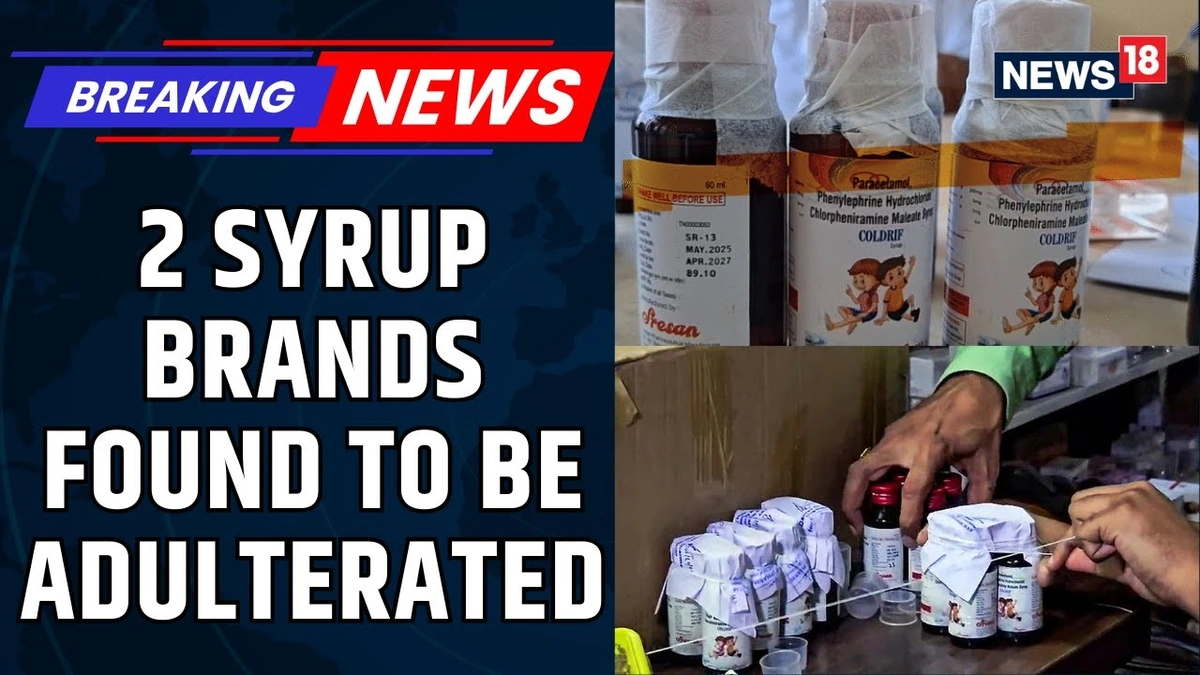
So, what makes these cough syrups so dangerous? It boils down to two key culprits: diethylene glycol and ethylene glycol. These aren’t supposed to be anywhere near your medicine. They are industrial solvents and antifreeze, and even small amounts can be toxic, causing kidney damage, neurological problems, and, tragically, even death. According to the WHO , the affected syrups have been identified in several countries, and the consequences have been devastating, particularly for children. The immediate question that pops into my head is, how did these chemicals even get in there? This is where things get a bit murky – and a lot more concerning.
Why India? Understanding the Supply Chain Vulnerabilities
Here’s the thing: India is a pharmaceutical powerhouse, producing a huge chunk of the world’s generic drugs. That’s generally a good thing, making medications more affordable and accessible. But, with massive scale comes massive complexity. The supply chains are intricate, often involving numerous suppliers and manufacturers. And let’s be honest – quality control isn’t always what it should be. This isn’t to bash Indian pharma, but to acknowledge a systemic issue. When regulations aren’t strictly enforced, and oversight is weak, there’s room for unscrupulous actors to cut corners. The “why” here isn’t just about individual bad actors; it’s about a system that allows such dangerous shortcuts to be taken. And that’s a problem that needs serious attention.
One potential issue is the sourcing of raw materials. If the ingredients themselves are contaminated, or if they’re not properly tested, the final product is compromised from the start. Another issue is the manufacturing process itself. Are the facilities up to par? Are the workers properly trained? Are there sufficient checks and balances to catch errors before the drugs hit the market?
The Impact on Public Health | Beyond the Immediate Threat
The immediate impact is clear: sick children, grieving families, and a loss of trust in the healthcare system. But the ripples extend far beyond that. Every time a case like this hits the headlines, it erodes public confidence in medications in general. People become hesitant to take even essential drugs, fearing contamination or side effects. This can lead to people self-treating or avoiding treatment altogether, which can have serious consequences for individual and public health. Furthermore, this incident will likely lead to increased scrutiny of Indian pharmaceutical exports, potentially impacting the industry and the economy. It also raises questions about global pharmaceutical regulation and the need for better international cooperation to prevent future tragedies. We need to understand the risks of antibiotic resistance cases .
What Can Be Done? A Multi-pronged Approach
So, what’s the solution? It’s not a simple one, but it requires a multi-pronged approach: stricter regulations , enhanced oversight, and greater transparency. The Indian government needs to crack down on substandard manufacturers, increase inspections, and impose hefty penalties for violations. Pharmaceutical companies themselves need to prioritize quality over cost, invest in robust testing and quality control measures, and be more transparent about their supply chains. Consumers, too, have a role to play. Be vigilant about where you buy your medications. Check for proper labeling and packaging. If something seems off, don’t take it. And if you experience any adverse effects after taking a medication, report it immediately to your doctor and the relevant authorities.
But here’s the thing – this isn’t just about pointing fingers. This is about learning from mistakes and building a safer, more reliable pharmaceutical system for everyone. It’s about ensuring that medications meant to heal don’t end up harming those who need them most. Cough syrup contamination isn’t acceptable.
The Role of Global Cooperation and Future Prevention
This crisis also highlights the need for greater international cooperation. The WHO’s alert is a crucial step, but it’s just the beginning. Countries need to share information about contaminated medicines , coordinate investigations, and work together to strengthen global pharmaceutical supply chains. There needs to be a global standard for pharmaceutical quality and safety, and countries need to hold each other accountable. Furthermore, investment in research and development of new technologies for detecting spurious drugs is essential. We need to be able to quickly and accurately identify contaminated medications before they cause harm.
Ultimately, preventing future tragedies requires a shift in mindset. It’s not enough to simply react to crises as they occur. We need to proactively address the underlying vulnerabilities in the pharmaceutical system. This means prioritizing quality over cost, transparency over secrecy, and collaboration over competition. It means recognizing that the health and safety of people around the world depend on the integrity of the medications they take. The implications of such issues could be alarming, causing issues with weight loss medications as well.
Let me rephrase that for clarity: this isn’t just about regulations and inspections. It’s about a fundamental commitment to ethical behavior and a shared responsibility to protect public health.
FAQ About Adulterated Cough Syrups
What are the signs and symptoms of diethylene glycol or ethylene glycol poisoning?
Symptoms can include nausea, vomiting, abdominal pain, kidney problems, neurological issues (such as altered mental state), and even death. Seek immediate medical attention if you suspect poisoning.
How can I be sure the medicines I buy are safe?
Purchase medications from reputable pharmacies and check for proper labeling, packaging, and expiry dates. If something seems off, don’t use it.
What is the government doing to prevent this from happening again?
Governments are increasing inspections, strengthening regulations, and working with international organizations to improve pharmaceutical safety.
What should I do if I suspect a medicine is contaminated?
Report it to your doctor and the relevant health authorities immediately.
Are generic drugs more likely to be contaminated?
Contamination can occur in both generic and brand-name drugs. Focus on purchasing from reputable sources and checking for proper labeling.
What is the role of pharmaceutical companies in ensuring drug safety?
Pharmaceutical companies have a responsibility to prioritize quality, invest in robust testing, and be transparent about their supply chains to prevent distribution of substandard drugs .
The WHO alert serves as a stark reminder that we can never take medication safety for granted. It demands vigilance, accountability, and a collective commitment to protecting public health. The next time you reach for a cough syrup, remember that behind that simple bottle lies a complex web of regulations, supply chains, and ethical responsibilities. And that, my friends, is something worth thinking about.
